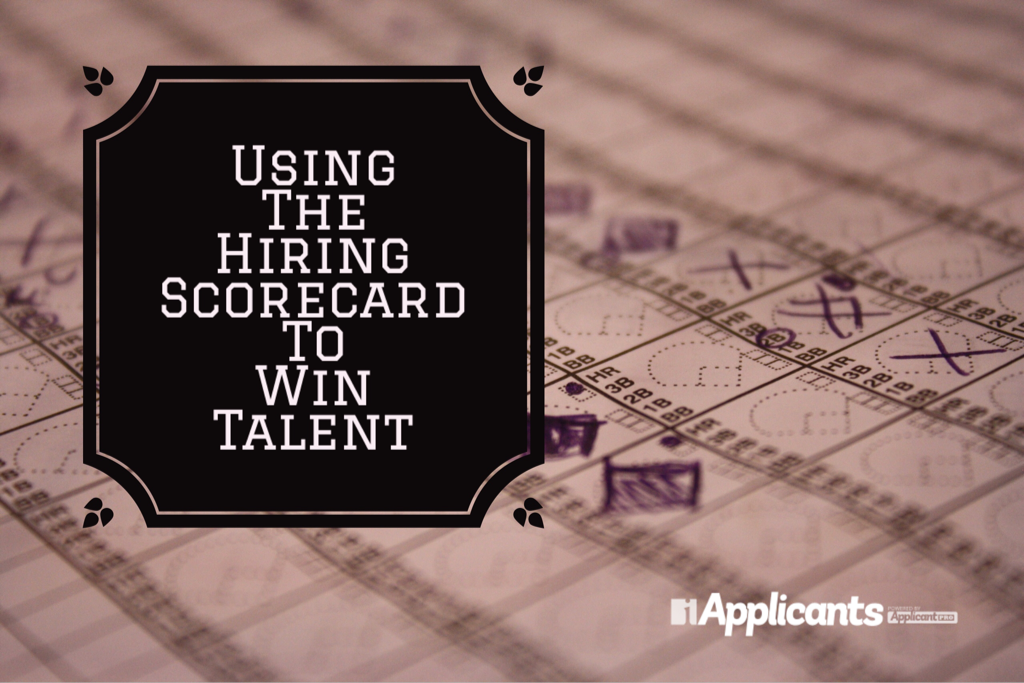by Angie Rupp | Applicant Tracking System, Hiring, Hiring Software, Onboarding

As an HR professional, your individual success at your company is probably impacted by your time-to-fill numbers. The time-to-fill benchmark you’re used to seeing likely has a dollar sign attached to it because the more time it takes you to fill an empty seat at your organization, the bigger the financial investment imparts. For instance, high time-to-fill equals higher costs allocated to your recruiting budget as well as more money invested into the workforce used to support the hiring process. Perhaps more vital from a financial perspective than anything else though is the amount of revenue lost by an empty seat at the company – especially if that seat is a sales based or customer service type position. As an employer, what you’re probably least likely to consider about the potential impact of high time-to-fill is actually not a concern from the perspective of your business, but rather, a concern from the perspective of your applicants. This point of view is often overlooked by corporate recruiters, and yet, its impact has the widest reach because it can easily sour a very strong and talented applicant pool. In 2016 the time it takes to fill an empty seat at a company has jumped from 13 to 23 days. In a recent article from the Wall Street Journal, it was found that time-to-fill numbers have increased significantly from a mere six years ago. In 2010, the average time-to-fill was 13 days. In 2016 the time it takes to fill an empty seat at a company has jumped to 23 days. This makes sense as employers try to nail down a more elaborate and effective hiring process due to the economy picking up again. . .
by Kurtis Blackburn | Applicant Tracking System, Corporate Culture, Hiring, Hiring Software, HR Scorecard, Onboarding

A mere three years ago, developing a hiring scorecard was all the rage in HR. So much so in fact, that you may be shaking your head reading the title of this post, but in reality, there’s a reason that developing a solid hiring scorecard was inescapable. Put simply, it’s the foundation for successful hiring. What I like about it (and what I think contributed to the phrase’s publicity) is that it was one of the first movements challenging HR to view hiring in a different light. Additionally, it forced HR to adopt employment methods that were driven by the strategy of the organization’s goals versus simply to “fill an empty seat” in the company. Jobs and the expectations we attach to them evolve over time. Another reason I think it’s time for a hiring scorecard resurrection is that jobs and the expectations we attach to them evolve over time because companies change over time as well. It’s not as if you can simply create a hiring scorecard for a position and then assume those expectations for that position will carry you for the next ten or even five years because that line of thinking is the same reason the hiring scorecard craze developed in the first place. Lastly, if you’ve struggled with any aspect of your hiring – whether it’s finding the right people, hiring the right people, or keeping the right people around, then the hiring scorecard forces you to reevaluate your process and provides a conduit for change. Now that we’ve spent some time easing you back into hiring scorecard territory, let’s discuss the three steps associated with how to build one. These are the key components. . .





